Place Value Worksheets
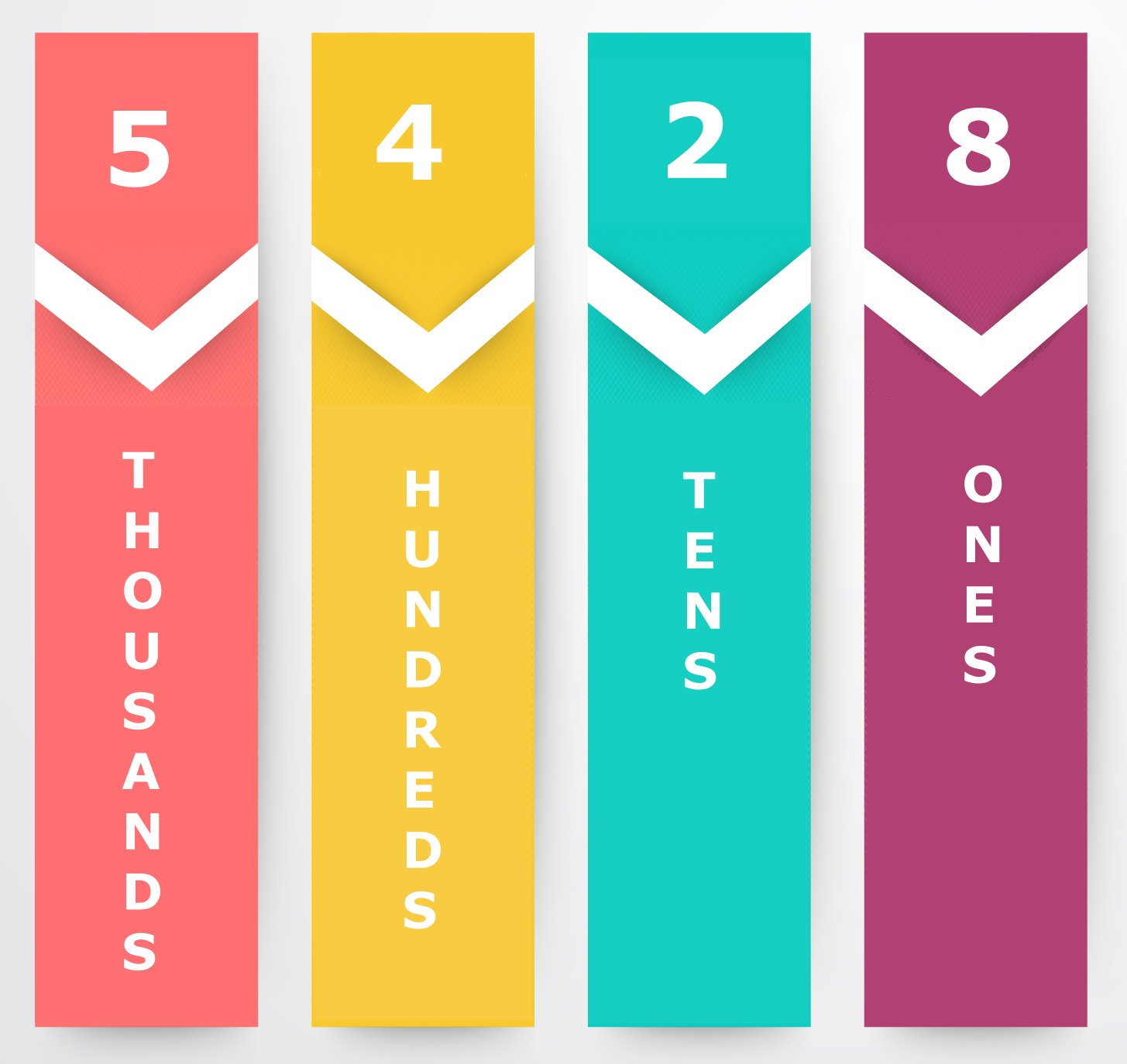
Use these place value worksheets to introduce your child to the concepts of number value and position.
Place value may be introduced in Kindergarten with simple tens and ones places (see my lesson on 10's and 1's below), but it is built upon at a deeper level in First Grade.
Learning about ones, tens, and hundreds, helps to solidify a student's basic math skills such as addition and subtraction. In fact, a proper understanding of place value will be crucial in adding and subtracting two-digit and larger problems in higher grades.
By the time this concept is introduced, your child should know that all numbers are written using only ten possible digits:
0, 1, 2, 3, 4, 5, 6, 7, 8, 9
This will become clearer as the student learns about two and three-digit numbers. For example, 23 uses the digits 2 and 3.
Things get trickier when you progress to the hundreds spot. For example, when my son sees 108, he sees two digits (10 and 8) instead of three (1, 0, and 8). The worksheets and lessons below will help the child to identify ones, tens, and hundreds places while solidifying the ten digit concept.
Place Value Worksheets & Activities
First, a bit about the worksheets. The best place to begin is probably with the Tens and Ones unit. It will be the easiest to master since it only deals with two places. Plus, more than likely, your child already counts to ten or twenty and will be familiar with all of the numbers used in those lessons.
You might also find it helpful to print out the place value charts before attempting the accompanying worksheets. The charts will show all of the places up to the billions making it a great 'cheat sheet' for beginner students. Be sure not to rely on it too much though. It should be used as a guide only.
After mastering the tens and ones lesson, move on to the hundreds spot. Most of the math problems that our son worked on in First Grade didn't go beyond the hundreds place. If your first grader can master the hundreds spot, then he'll be ready for many of the addition problems found in most 1st grade classes.
The Place Value Blocks unit uses cubes, stacks and single blocks to present the hundreds, tens, and ones places. If your child is struggling with the 'Tens & Ones' or 'Hundreds' papers, try the blocks lesson. My son didn't like these types of papers at all to begin with. After a while, the concept finally clicked and he was able to understand values up to hundreds.
Related Lessons:
Worksheets › Place Value Worksheets
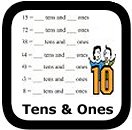

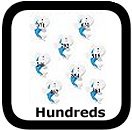
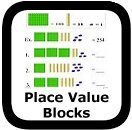
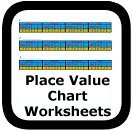

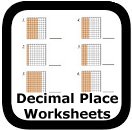

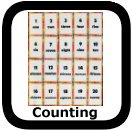
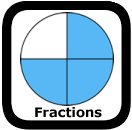
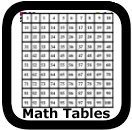
New! Comments
Have suggestions or requests for a worksheet? Let's Talk!